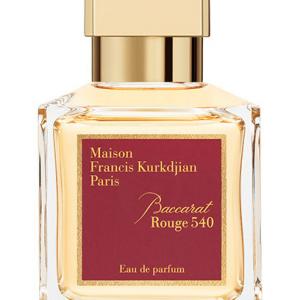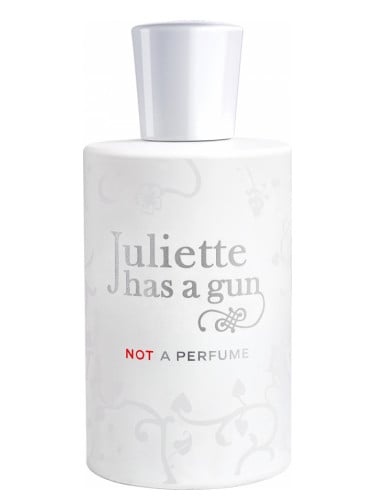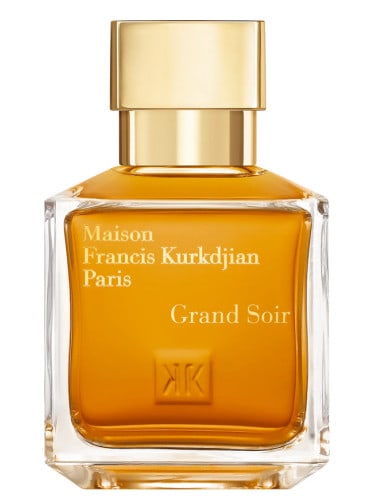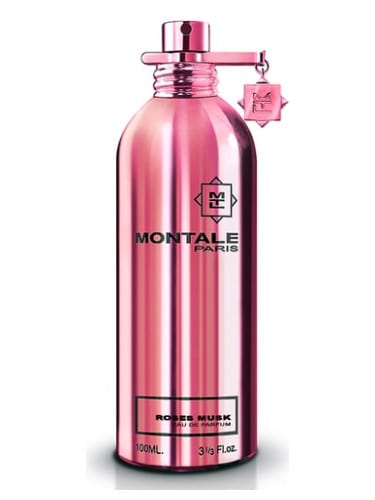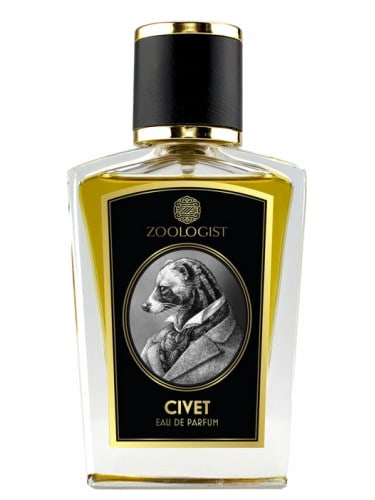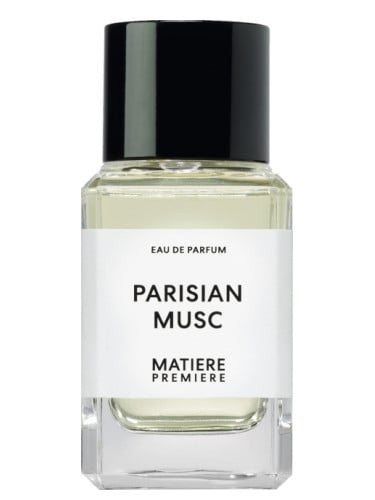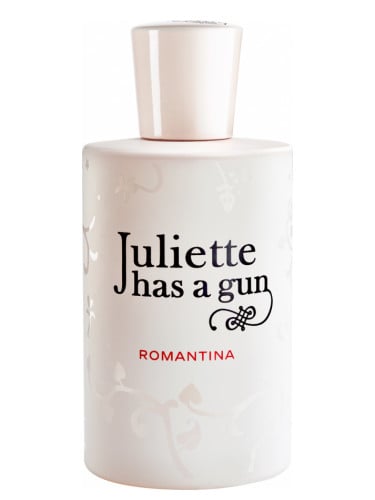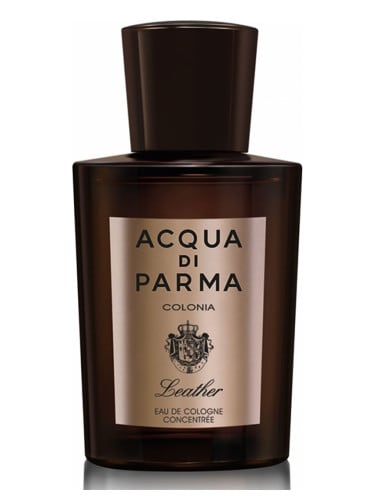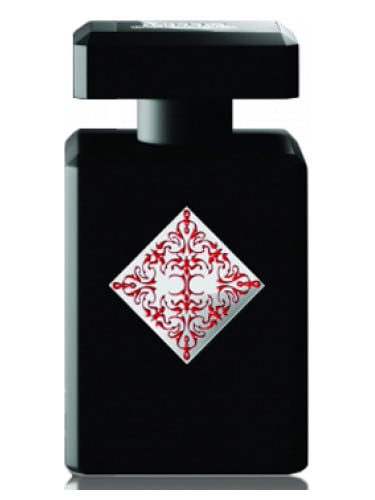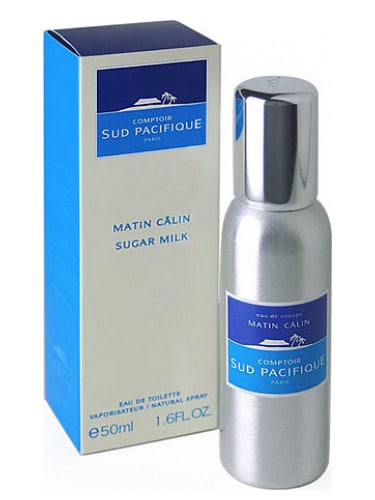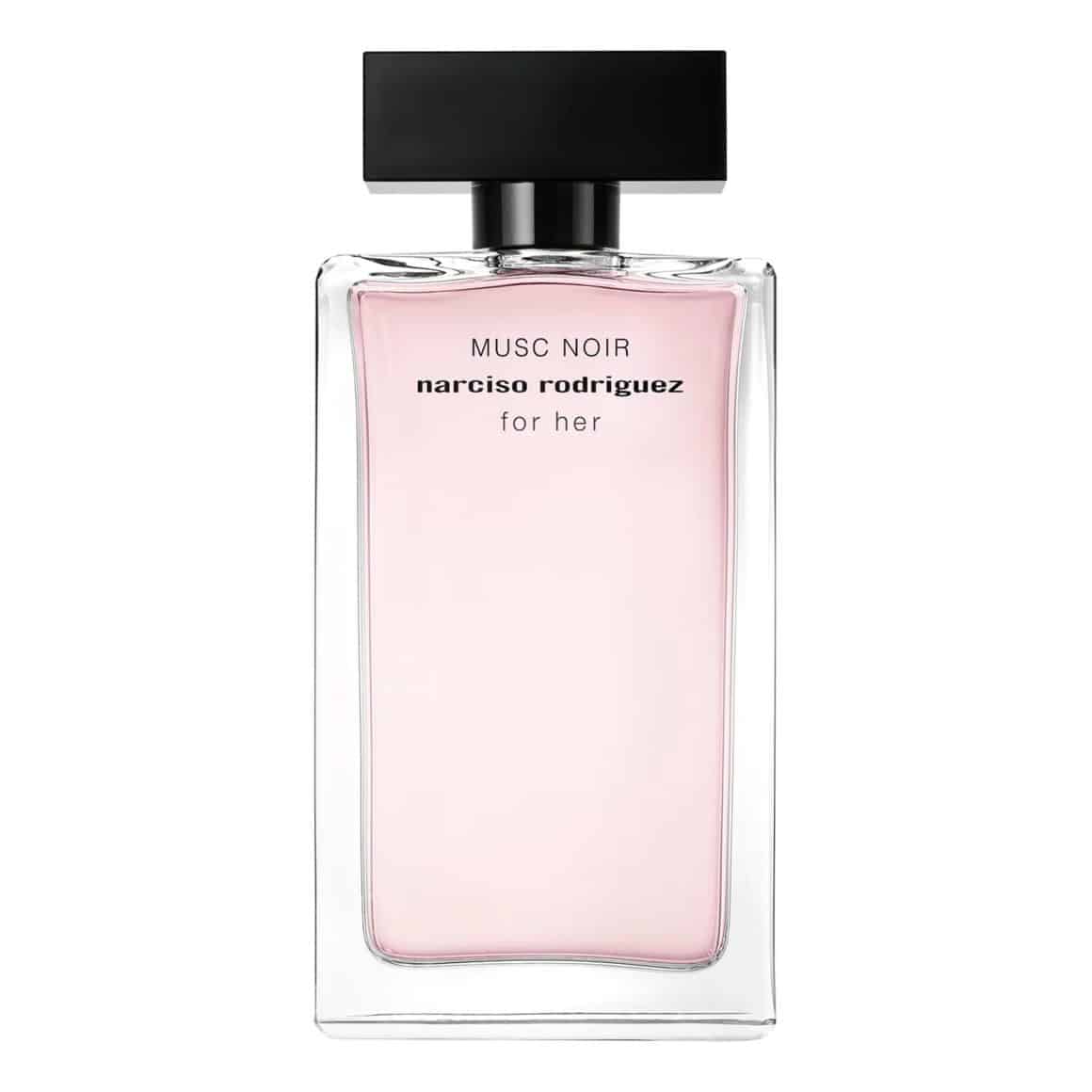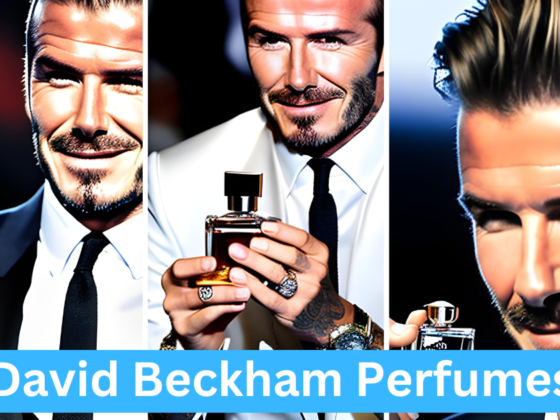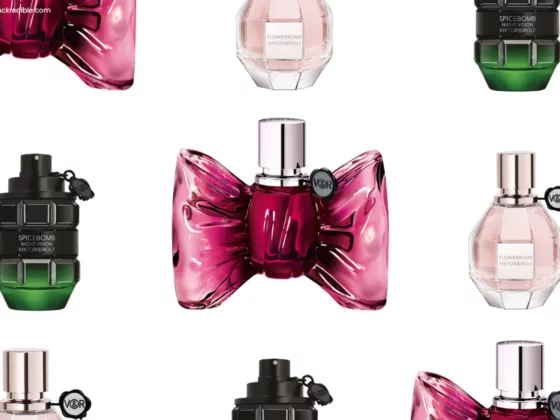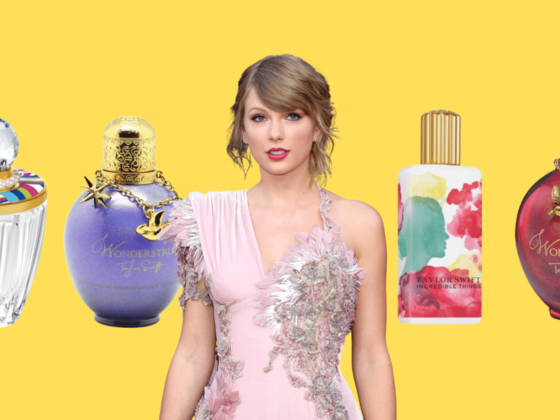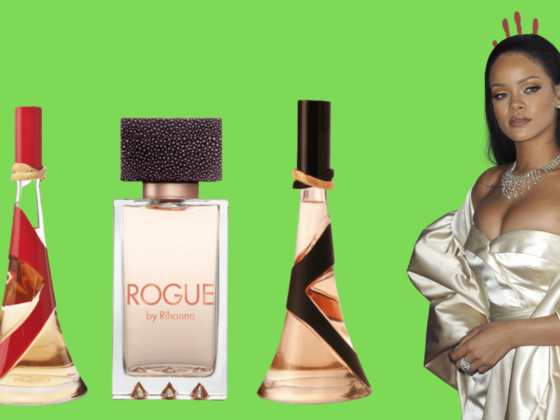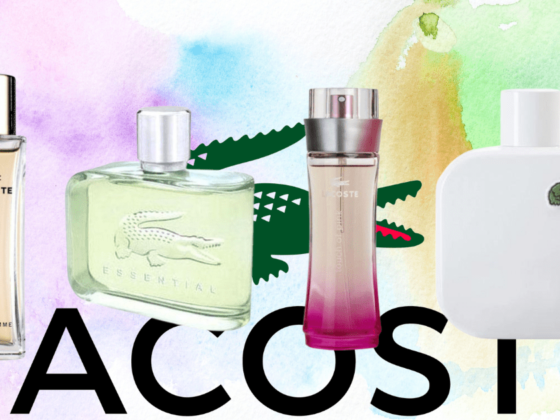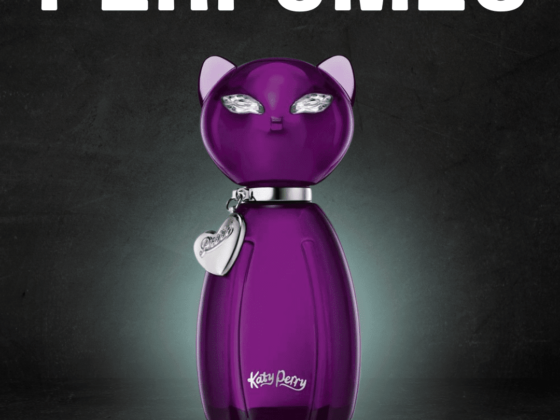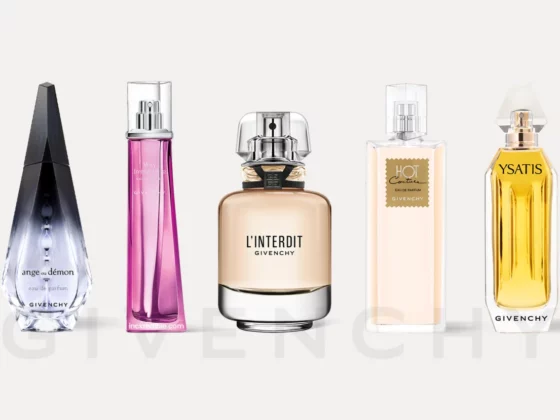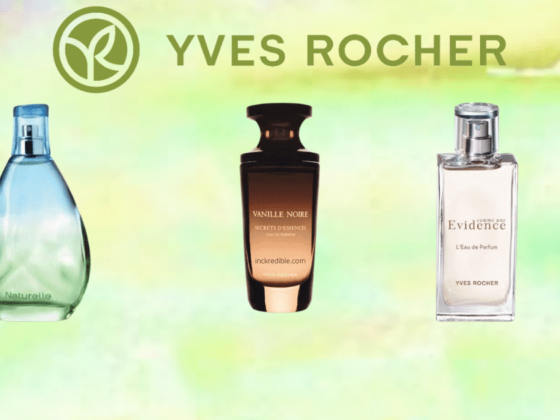
A musky perfume is defined as having top notes that are warm, slightly sweet and have a darker scent. The second stage of musky perfumes is more refined, with amber and woody tones. Finally, the third stage features a more intense fragrance that is more creamy and has the scent of cloves.
As you can see, the three stages of musky perfumes are similar, with the final stage being the most complex and accentuating scent. In fact, this last stage is often used in retail stores for customers to become familiar with the perfume’s scent.
However, as was mentioned previously, the first stage is where the musky perfume’s true scent is formed. The initial notes of this first stage are often sweet and are described as ‘atmospheric’ in character. Although they can be described as musky, the term ‘musky’ should not be used to describe them. The perfume’s initial notes can vary, and it is for this reason each musky fragrance has its unique scent.
Here are the best Musky perfume notes:
1. Ambergris
Ambergris is often used in musky perfumes. It is found in the intestinal tract of sperm whales and has a sweet and earthy scent. Ambergris is used in a variety of cosmetics, perfumes and even medicines. Its scent can range from sweet to a more subtle herbal scent.
Ambergris is known to have been used in perfumery since ancient Egyptian times. Early Egyptian perfumes used a substance called ‘kohl,’ made with honey, beeswax and ambergris.
As time passed, it was discovered that ambergris provided perfume with better scent and quality than previous ingredients. Ambergris is also known to have been used as a medicine in Egypt to remedy headaches and migraines.
2. Ambroxan
Ambroxan is an ingredient used to form the musky smell in perfumes, particularly in the first stage of the scent. It can also be used as an insect repellent.
Ambrxan is a substance that was created by chemists in 1844. It was discovered by accident when one of its inventors tested a new formula for spirit and found that it smelled like musk.
Although it has been used in perfumes for more than 100 years, the compound’s chemical structure was not explained until the 1950s.
Ambroxan has a sweet scent found naturally in ambergris, but it can also be manufactured synthetically. This synthetic substance is usually used alongside natural ambroxan because it is cheaper to produce and thus more popular among manufacturers.
3. Amber
Amber is a type of fossilized tree resin that dates back to the time of the dinosaurs. It has been used in perfumery for more than 4,000 years.
Ambre is a French word that means amber. The word ambergris comes from the same root because both amber and ambergris are derived from the same tree resin. Ancient Egyptians first used amber, and as early as 1300 BC, it was mentioned in Middle Eastern texts.
4. Musk
Musk is an extract from the gland of musk deer. Musk has been used in perfumery for over 5,000 years, particularly in musky perfumes. Musk’s scent is often described as ‘animalic’ or ‘smoky.’ It is known to have a powerful smell that can linger for more than 12 hours after it has been applied.
Musk was first used by ancient Egyptians, who used a liquid made from musk to make perfume. They also used a musk-derived substance called ‘kohl,’ made with honey, beeswax and ambergris.
Musk is known to be the most potent natural perfume. When harvested, musk deer are often killed, and their glands are removed, meaning that it is a costly substance. This is why synthetic musk has been created – to provide musky scents at a lower price.
Musk can have an array of scents from chocolate and caramel to strawberry and vanilla. Today, musk is used in perfumes and cosmetics and traditional medicines.
5. Civet
Civet is also known as civetone and is found in the anal glands of male civets. Civetone is used to manufacture perfumes and other chemicals such as pharmaceuticals, shampoos and conditioners.
Civetone has been used in perfumery since ancient Egyptian and Persian times. The main sources of civetone today are musk deer, along with an animal called the civet cat.
However, there are some other species that can also be used to create civetone such as bat, badger or aardvark. Civet cat is found in Indonesia and is known to produce 15% of the world’s supply of civetone. Musky perfumes with civet in their composition are considered an aphrodisiac.
6. Ambrette (Musk Mallow)
Ambrette is an ingredient that is used to create musky scents in perfumes. It can also be used as a healthy alternative to natural musk, as it produces a similar scent but with less animalic undertones.
Ambrette comes from the seeds of the Abelmoschus moschatus plant. This plant grows in tropical Africa, particularly in Sudan and Uganda. It is known that the Abelmoschus moschatus plant has been used by humans for at least 7,000 years, probably because of its medicinal properties. Seeds were used as a replacement for coffee beans during shortages because they are similar in texture and taste.
Ambrette/musk mallow is used in more than 30 different types of medicine, including remedies for migraines, fevers, diabetes and diarrhea.
Ambrette can also be used in perfumes because it has a strong musky scent that is very long-lasting. It has been used for thousands of years and was even found in the tombs of ancient Egyptian pharaohs.
7. Cetalox
Cetalox is an ingredient mainly used to create the scent of musk. It can also be used as a preservative in perfumes or cosmetics.
Cetalox is found in vanilla pods. Although the exact origin of this substance has yet to be discovered, it was first mentioned by Hippocrates, who managed to synthesize cetalox from the dried leaves of vanilla seeds and various extracts.
Because cetalox has a musky scent, it can sometimes be mistaken for ambergris. Cetalox is also known to provide health benefits, including promoting hair growth and treatment of acne.
8. Leather
Today, leather perfumes are no longer used to scent clothes but instead to create the scent of leather. Leather perfume creates scents that smell like genuine leather, making it a popular scent in modern perfumery.
Leather may have been used as a perfume ingredient since ancient times. The use of dried animal parts such as antlers was believed to cure illnesses and also provide protection from evil spirits in medieval times. Leather has been used in perfumery since the mid-1800s when it was first awarded an official name – ‘ambroxan.’
However, it has never been widely used because it was too expensive to make therefore only used within small projects such as perfume bottles. Today, leather perfumes are usually made using soot from dried animal skins and sometimes animal fat mixed with essential oils.
9. Castoreum
Castoreum is a substance obtained from the castor sacs of mature beavers. It is known to have a very musky scent. Castoreum has been used in perfumery since ancient times. Its use was first documented in an ancient Assyrian text where it was used as an ingredient of perfumes and aromatic oils.
Castoreum has been used throughout history in perfumes, aromas and flavors. Today, it is used primarily to create musky scents within perfume compositions, especially those intended for men. Other uses of castoreum include aromatherapy and traditional medicines.
Castoreum can be used to flavor food products such as alcoholic beverages, baked goods, ice cream and chewing gum. It has also been used in cigarettes to create a smoky flavor.
10. Milk
Milk is often used in perfumery as another way to create creamy and sweet scents. Since Ancient Egypt, milk has been added to perfumes where it was used as a base for perfume powders.
It can be found in many types of perfumes, but it is most commonly used in gourmand fragrances such as those that contain the scent of vanilla or caramel.
Sometimes milk can be an ingredient in perfumes that create a sweet scent, known as ‘ultra-sweet’ fragrances. These types of scents may contain up to 30 different ingredients, including vanilla, oakmoss and rose. The vanilla in the perfume can delay the release of the other scents, so they linger on your skin longer.
11. Suede
Suede is a type of leather derived from the skin of animals such as cows, sheep or goats. The skins are tanned and then milled to be used in making leather goods.
Today, suede has become a trendy type of material in perfumery where it can be used to create the scent of leather. This can help make the aroma and ‘comfort’ associated with leather.
Suede has been used in perfumery since the 1800s, but it was not commonly used until the 1950s. It was at this time that suede fragrance came into fashion and a wide range of perfume compositions came to be made using this ingredient.
Conclusion
In conclusion, musk has been used as an ingredient in perfumery for a long time. Today, there are many other types of musky scents such as ambergris, ambrette, and castoreum used to create new types of perfumes.
Some of these scents may even be entirely synthetic and not derived from animal sources at all.
Related articles:
